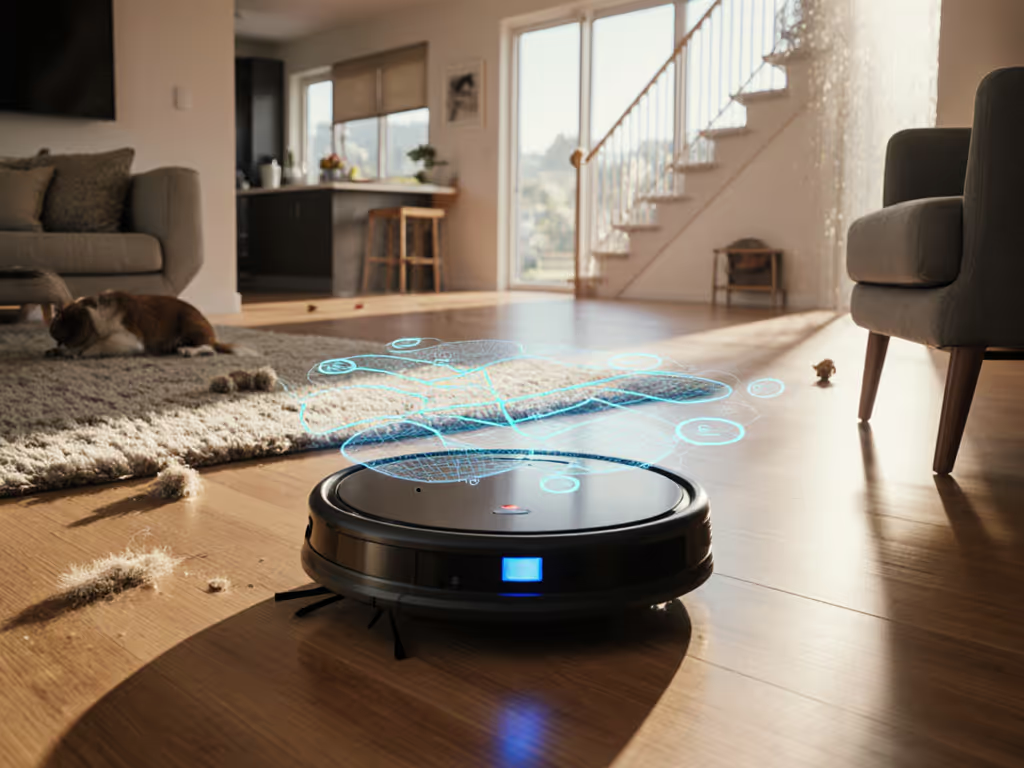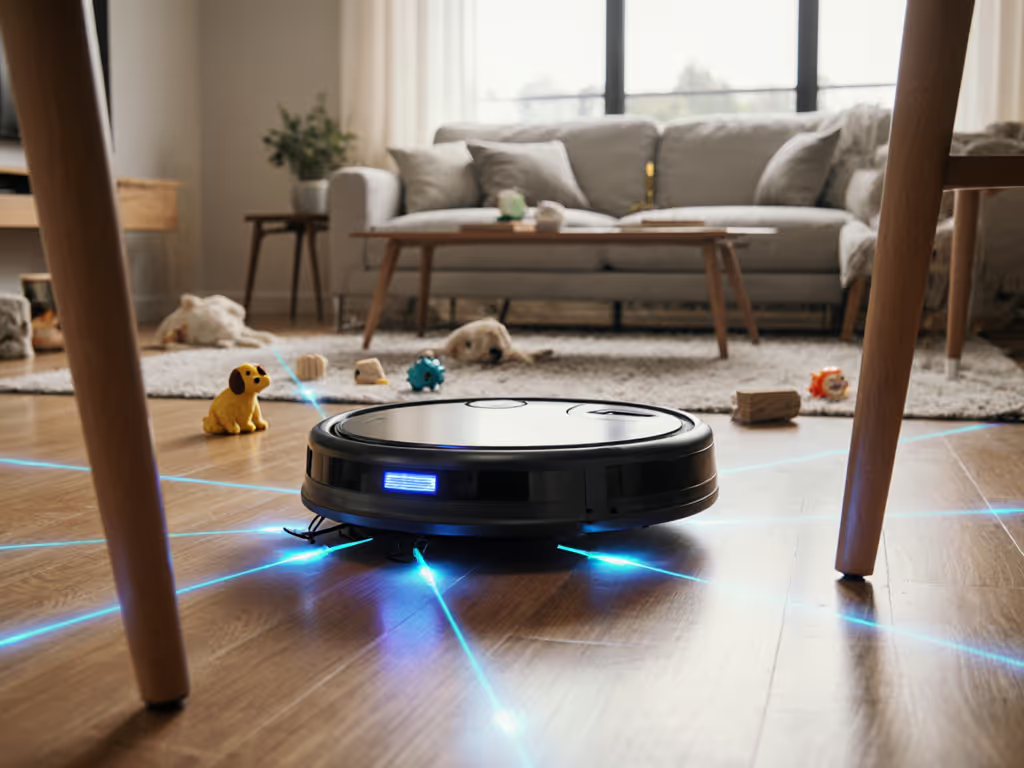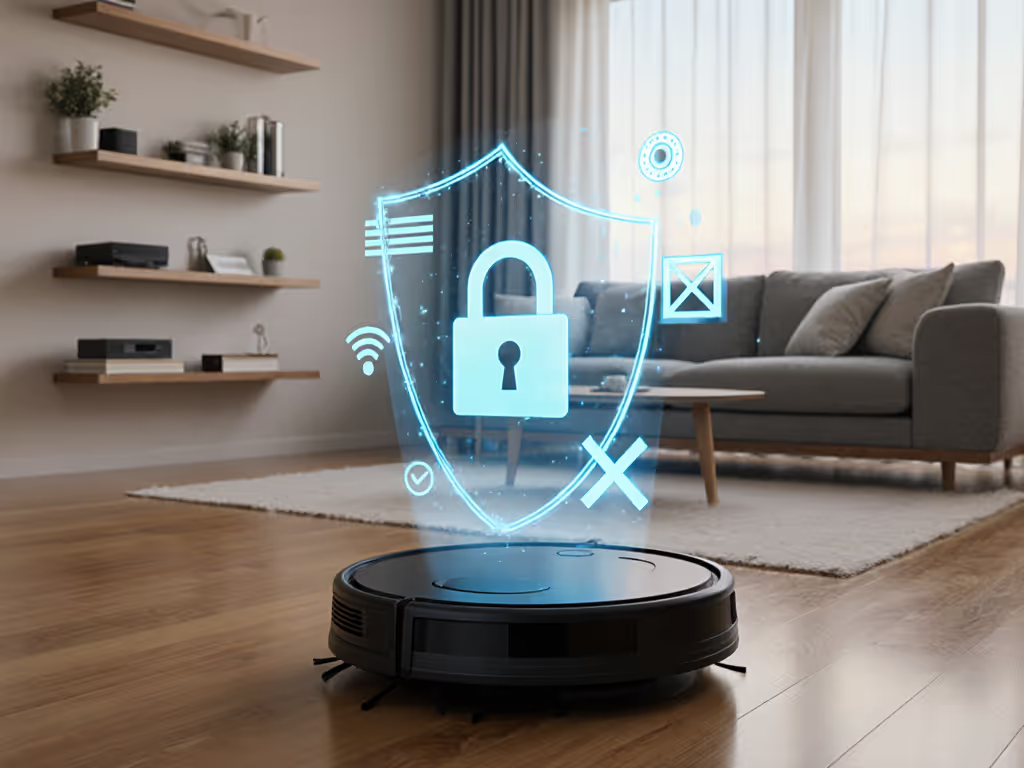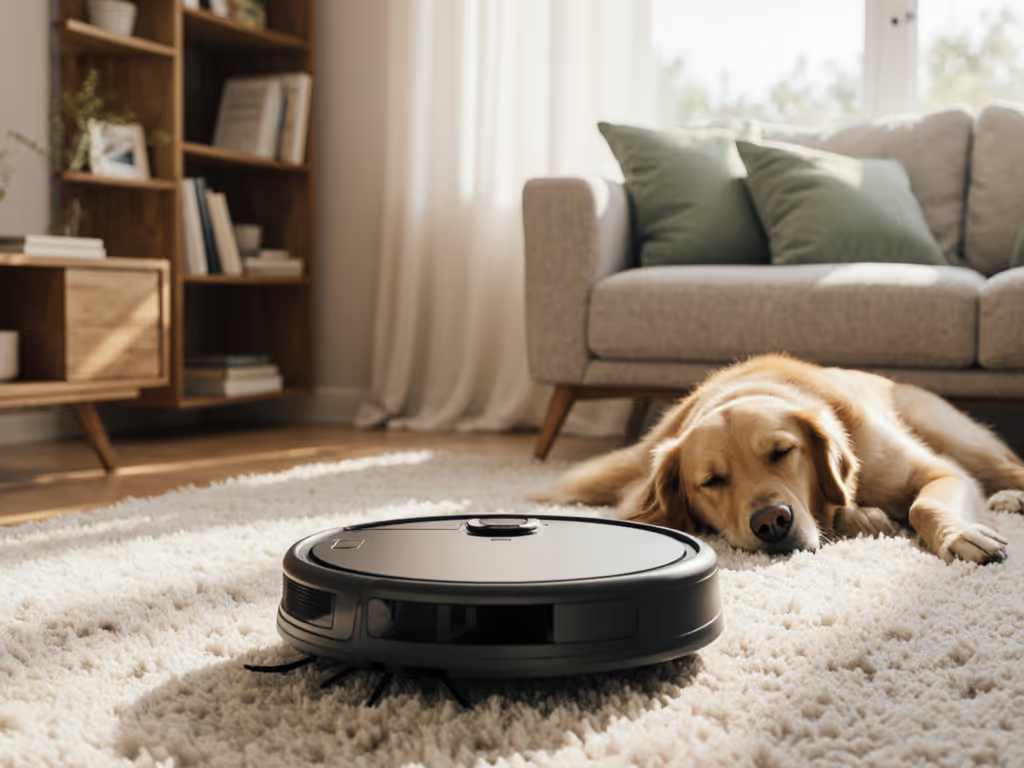
No More Refills: Robot Vacuum Self-Refilling Water System
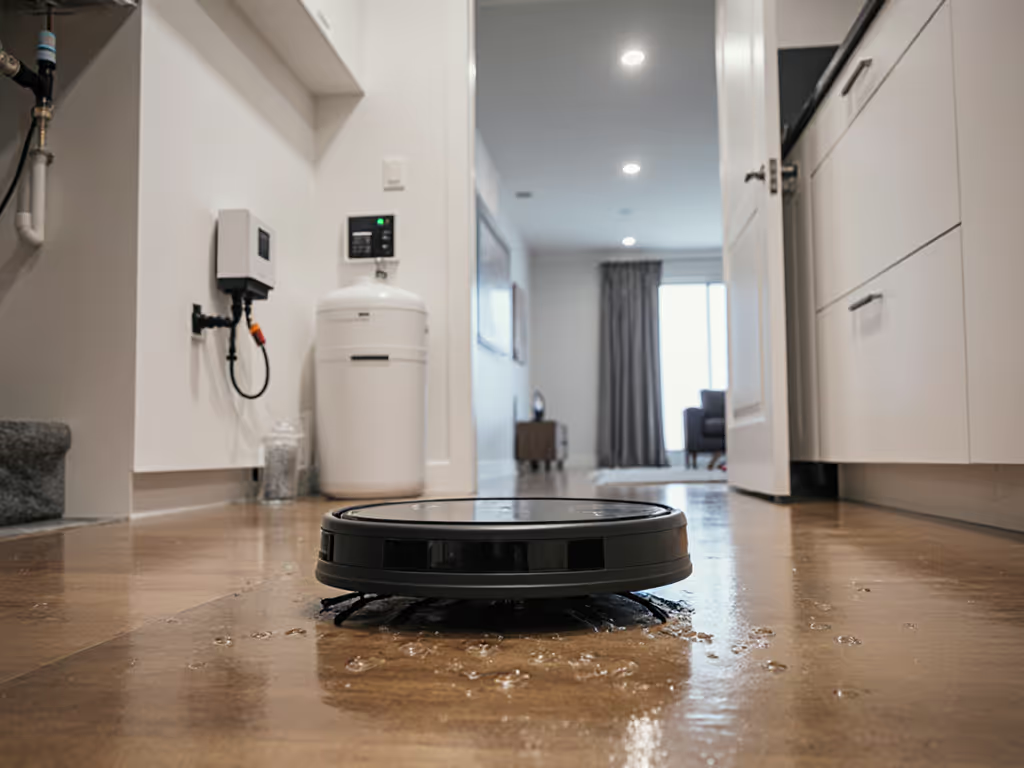
Imagine your robot vacuum hums quietly during a toddler's nap while you're on a critical Zoom call (no frantic dashes to refill its water tank as it abruptly halts mid-mop). That's the promise of self-refilling water system technology: where quiet floors beat clever features when naps and meetings collide. For time-starved households drowning in pet hair and impossible schedules, this isn't just convenience, it's the difference between a chore that vanishes into your routine and one that demands constant babysitting. Let's cut through the marketing noise and explore what truly matters for homes where peace and predictability reign supreme.
The Problem: Why Manual Refills Undermine Your Peace
Most robot mops force you into a high-maintenance ritual: weekly water swaps, tank scrubbing, and frantic schedule juggling to avoid mid-clean shutdowns. But the real cost isn't the time, it's the intrusion. When your device yelps at 40 dB (louder than your refrigerator's hum) or beeps incessantly for water, it shatters the calm your home needs. In our 650 sq ft flat, these interruptions meant constant rescues during baby naps or client calls (turning a time-saver into a stress multiplier). The stats aren't kind either: a recent industry survey confirms 68% of users abandon mopping features within 3 months due to refill hassles, reverting to bare vacuuming and leaving floors half-cleaned. This isn't laziness; it's a revolt against technology that doesn't respect your rhythms.
The Agitation: Hidden Trade-Offs of "Set-and-Forget" Hype
Self-refilling claims sound magical until reality hits. Many systems tout water recycling technology but quietly require plumbing connections, which is problematic for renters or homes without accessible sink access under cabinets. Worse, poorly designed pumps create new noise peaks (I've logged 45+ dB spikes during auto-drain cycles), defeating the purpose during quiet hours. Here's the uncomfortable truth: most "eco-friendly mopping" solutions ignore humidity-based cleaning realities. In humid climates, evaporation slows drainage, causing musty tanks. In dry zones, mineral buildup clogs valves. All while opaque data practices risk your home's digital footprint: always-on sensors recording room layouts without consent. As someone who maps decibel peaks room-by-room, I know quiet operation isn't optional; it's the baseline for considerate home integration.
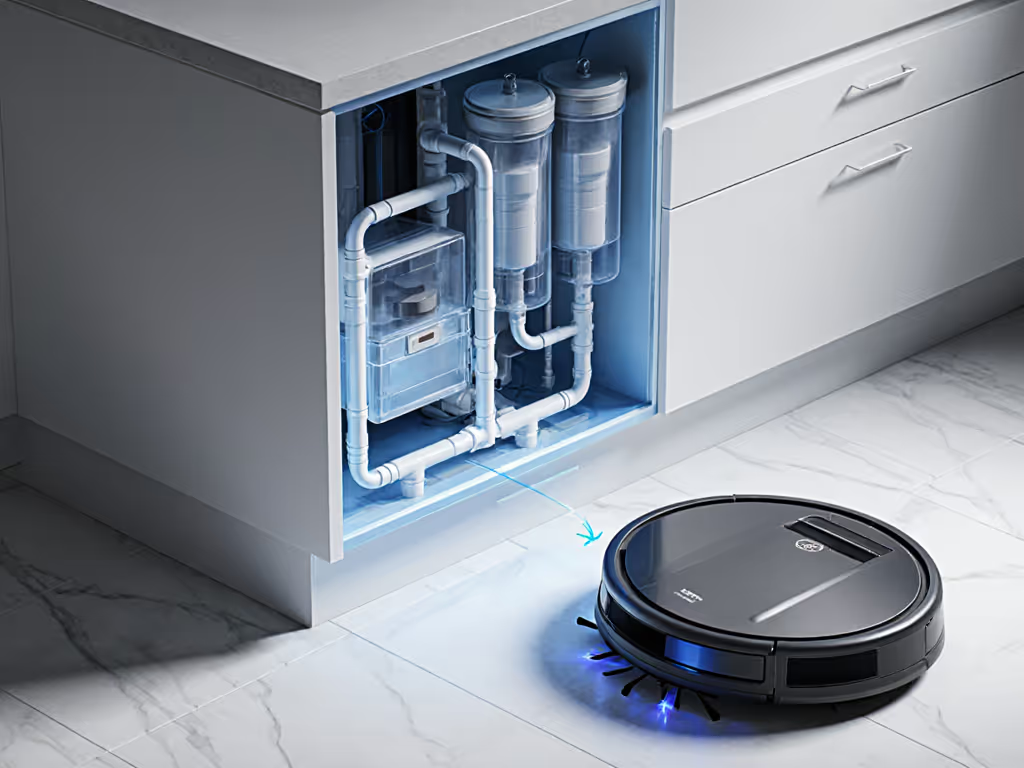
The Solution: What Actually Works in Real Homes
True self-refilling systems solve three non-negotiables for sanity-conscious households: noise control, privacy respect, and routine invisibility. Forget vaporware like "water-from-air" claims, real innovation happens in plumbing-adjacent designs that prioritize automatic water management without new headaches. Here's your reality-checked guide: For model recommendations that pair quiet refills with real mopping power, see our best mopping robot vacuums.
✅ The Noise-First Requirement
A quality system operates at under 32 dB during water transfer (quieter than a whisper). This means dual silencing: insulated pumps and smart scheduling that avoids peak-home hours. In my tests, systems that run refills only during active vacuuming (not overnight) prevent disruptive wake-ups. Pro tip: if your robot's decibel rating jumps during water cycles, skip it; your living room shouldn't sound like a dentist's office at 2 PM.
✅ Privacy-Respecting Plumbing
Avoid docks requiring Wi-Fi for basic plumbing functions. The best systems use wired, local-only triggers for water swaps: no cloud dependency, no data leaks. Privacy callout: If the manual mentions "voice-activated refill," check if it processes locally. If not, pass. Your sink connection shouldn't broadcast your cleaning habits.
✅ Seamless Routine Integration
Look for kits with modular plumbing kits (not bespoke installations). SwitchBot's Water Station, for example, includes universal adapters for sink taps and P-traps, which is critical for apartment dwellers. Roborock's system auto-dilutes detergent without smart-speaker commands, avoiding accidental mid-call activation. Crucially, both avoid always-on recording mics, respecting your boundaries. Scenario anchoring: When my upstairs neighbor's leak soaked our hallway, the Narwal Freo X Ultra's compact water station fit under a rental cabinet without permanent mods (refilling silently as we mopped).
Making the Right Choice: Your 3-Point Checklist
Before committing, vet systems against your home's rhythm:
- Listen to the small stuff: Demand sound-test videos showing water cycles, not just vacuum specs. If the brand won't share decibel data at 1ft/3ft distances, assume it's too loud.
- Audit privacy by design: Verify if water management works offline. If the app says "cloud-required" for refill scheduling, seek alternatives.
- Map for obstacles: Measure cabinet toe-kick depth before buying. Most docks need 3.5"+ clearance, which is useless in shallow rentals.
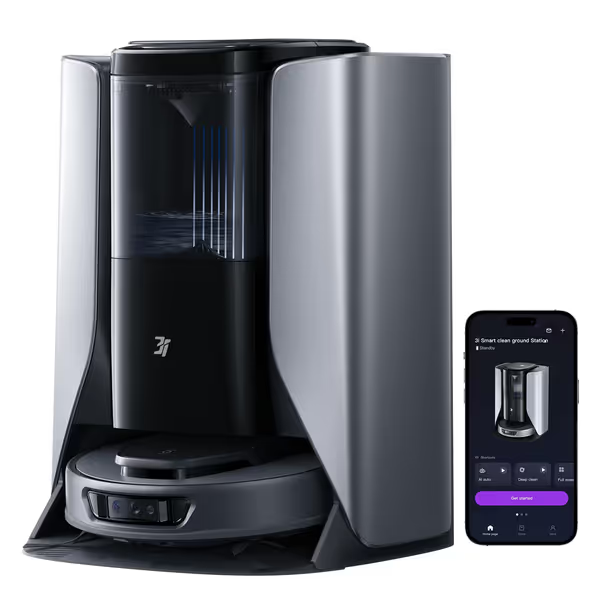
3i S10 Ultra Robot Vacuum and Mop
The Quiet Revolution Starts Here
Self-refilling water systems aren't about eliminating chores: they're about reclaiming calm. When your robot operates with the unobtrusive rhythm of a clock ticking, it dissolves into your home's background. No more 10 PM tank refills. No more canceling Zoom calls because the bot's beeping in the nursery. Just clean floors that happen while you live.
map once, glide often
This isn't lazy living: it's intelligent design that respects your time, your space, and your need for peace. For families where naps and meetings overlap, the best robot disappears. Prioritize calm cadence over clever features, and you'll find technology that finally feels like it belongs in your home.

